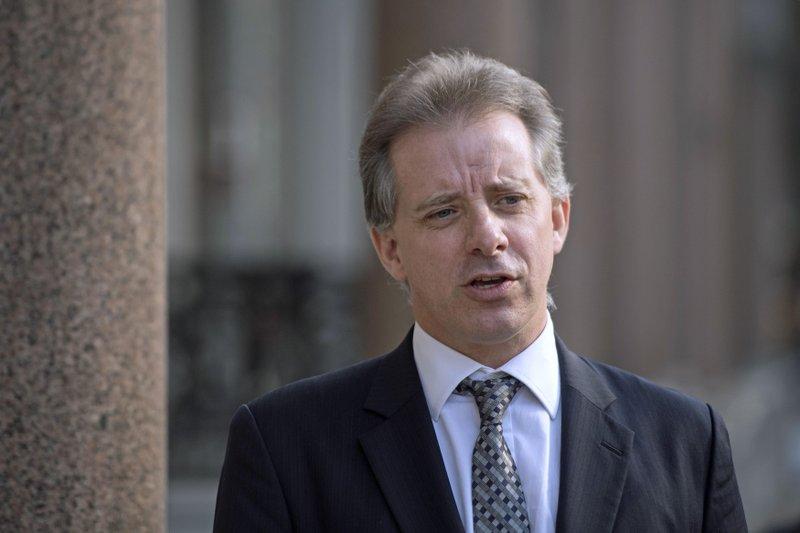News Analysis
The FBI team that ran the Russia investigation in 2016 may have known of the infamous Steele dossier months earlier than when they acknowledged receiving it, several pieces of evidence indicate. They may have even known before they opened the investigation.





